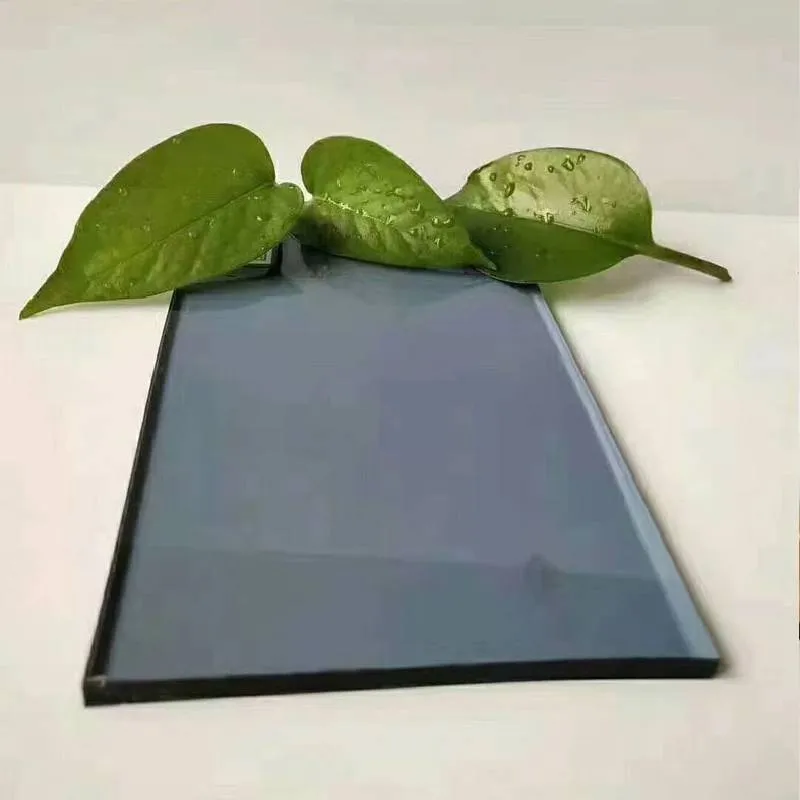When to Use Tempered Glass A Comprehensive Guide
Tempered glass, also known as toughened glass, has become increasingly popular in various applications due to its strength, safety, and aesthetic appeal. This type of glass is produced through a process of extreme heating and rapid cooling, resulting in a material that is much tougher than standard glass. Understanding when to use tempered glass is crucial for both residential and commercial projects, ensuring safety and durability in design.
One of the primary advantages of tempered glass is its increased strength. It is approximately five to six times stronger than regular glass, making it an excellent choice for areas subjected to impact or stress. For instance, tempered glass is often used in shower doors, glass tabletop surfaces, and balustrades, where durability and resistance to breaking are essential. The risk of shattering and the danger of sharp edges pose significant safety concerns, which tempered glass effectively mitigates.
Another key consideration for using tempered glass is in environments with temperature fluctuations. Because this glass can withstand higher thermal stress without breaking, it is ideal for locations exposed to intense sunlight or heat. Applications like glass doors or large windows in sunny climates, as well as glass used in ovens or fireplaces, benefit greatly from the heat-resistant qualities of tempered glass. It minimizes the chances of thermal shock, which can lead to cracks and potential hazards.
when to use tempered glass
When it comes to safety, tempered glass stands out for its ability to crumble into small, blunt pieces when shattered, as opposed to sharp shards that can cause injuries. This characteristic makes it an excellent choice for areas where safety is paramount, such as schools, hospitals, and commercial spaces. For example, many buildings utilize tempered glass in their facades and storefronts to protect both pedestrians and occupants from the dangers of broken glass.
In architectural design, tempered glass is increasingly favored for its aesthetic properties. Its clarity and ability to withstand larger spans without the need for additional support make it a popular choice for modern buildings. It allows for unobstructed views, enhancing the overall design and feel of a space. Use cases include glass railings, curtain walls, and skylights, providing both safety and visual appeal.
However, it is also essential to recognize situations where tempered glass may not be necessary. For applications where breakage is unlikely, such as small interior windows or for decorative purposes, standard glass might suffice. Additionally, tempered glass can be more expensive due to the manufacturing process, so budget considerations should also play a role in decision-making.
In conclusion, tempered glass is a versatile and reliable material suitable for a wide range of applications. Its strength, safety features, and thermal resistance make it an ideal choice for both residential and commercial environments. By understanding when to use tempered glass, designers and homeowners can make informed choices that enhance safety and aesthetics in their projects. Whether you're opting for glass features in your home or designing a commercial space, incorporating tempered glass is often a sound investment that balances form and function effectively.
 Afrikaans
Afrikaans  Albanian
Albanian  Amharic
Amharic  Arabic
Arabic  Armenian
Armenian  Azerbaijani
Azerbaijani  Basque
Basque  Belarusian
Belarusian  Bengali
Bengali  Bosnian
Bosnian  Bulgarian
Bulgarian  Catalan
Catalan  Cebuano
Cebuano  Corsican
Corsican  Croatian
Croatian  Czech
Czech  Danish
Danish  Dutch
Dutch  English
English  Esperanto
Esperanto  Estonian
Estonian  Finnish
Finnish  French
French  Frisian
Frisian  Galician
Galician  Georgian
Georgian  German
German  Greek
Greek  Gujarati
Gujarati  Haitian Creole
Haitian Creole  hausa
hausa  hawaiian
hawaiian  Hebrew
Hebrew  Hindi
Hindi  Miao
Miao  Hungarian
Hungarian  Icelandic
Icelandic  igbo
igbo  Indonesian
Indonesian  irish
irish  Italian
Italian  Japanese
Japanese  Javanese
Javanese  Kannada
Kannada  kazakh
kazakh  Khmer
Khmer  Rwandese
Rwandese  Korean
Korean  Kurdish
Kurdish  Kyrgyz
Kyrgyz  Lao
Lao  Latin
Latin  Latvian
Latvian  Lithuanian
Lithuanian  Luxembourgish
Luxembourgish  Macedonian
Macedonian  Malgashi
Malgashi  Malay
Malay  Malayalam
Malayalam  Maltese
Maltese  Maori
Maori  Marathi
Marathi  Mongolian
Mongolian  Myanmar
Myanmar  Nepali
Nepali  Norwegian
Norwegian  Norwegian
Norwegian  Occitan
Occitan  Pashto
Pashto  Persian
Persian  Polish
Polish  Portuguese
Portuguese  Punjabi
Punjabi  Romanian
Romanian  Russian
Russian  Samoan
Samoan  Scottish Gaelic
Scottish Gaelic  Serbian
Serbian  Sesotho
Sesotho  Shona
Shona  Sindhi
Sindhi  Sinhala
Sinhala  Slovak
Slovak  Slovenian
Slovenian  Somali
Somali  Spanish
Spanish  Sundanese
Sundanese  Swahili
Swahili  Swedish
Swedish  Tagalog
Tagalog  Tajik
Tajik  Tamil
Tamil  Tatar
Tatar  Telugu
Telugu  Thai
Thai  Turkish
Turkish  Turkmen
Turkmen  Ukrainian
Ukrainian  Urdu
Urdu  Uighur
Uighur  Uzbek
Uzbek  Vietnamese
Vietnamese  Welsh
Welsh  Bantu
Bantu  Yiddish
Yiddish  Yoruba
Yoruba  Zulu
Zulu 

